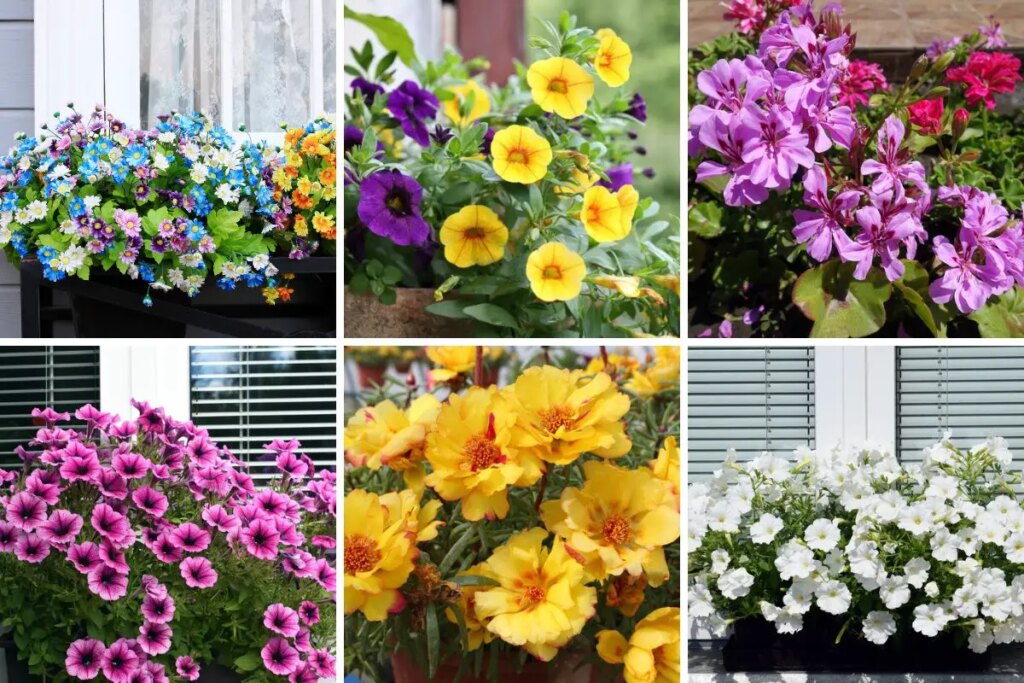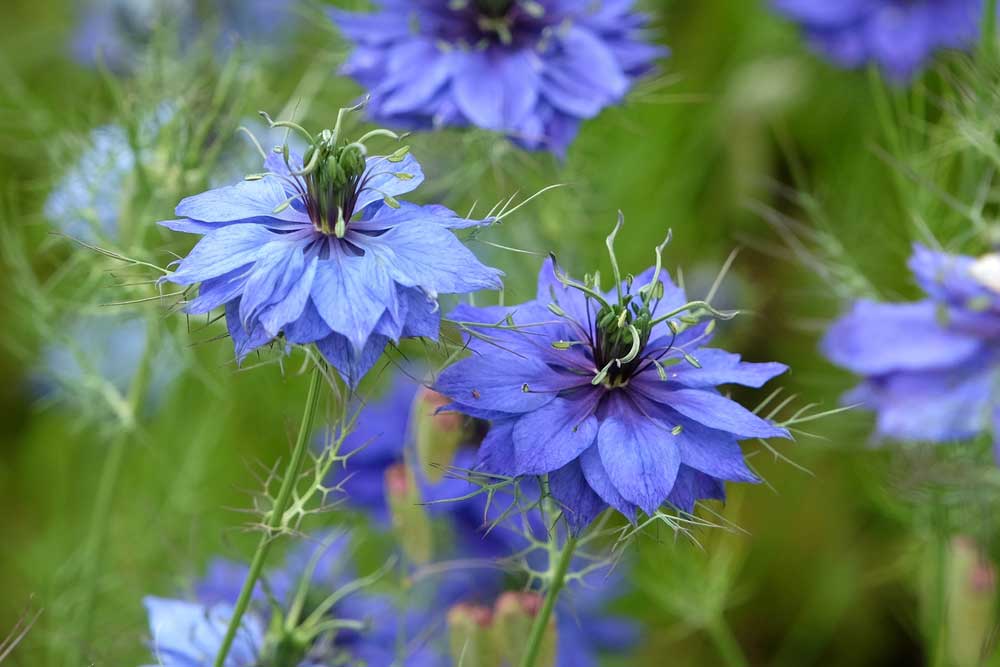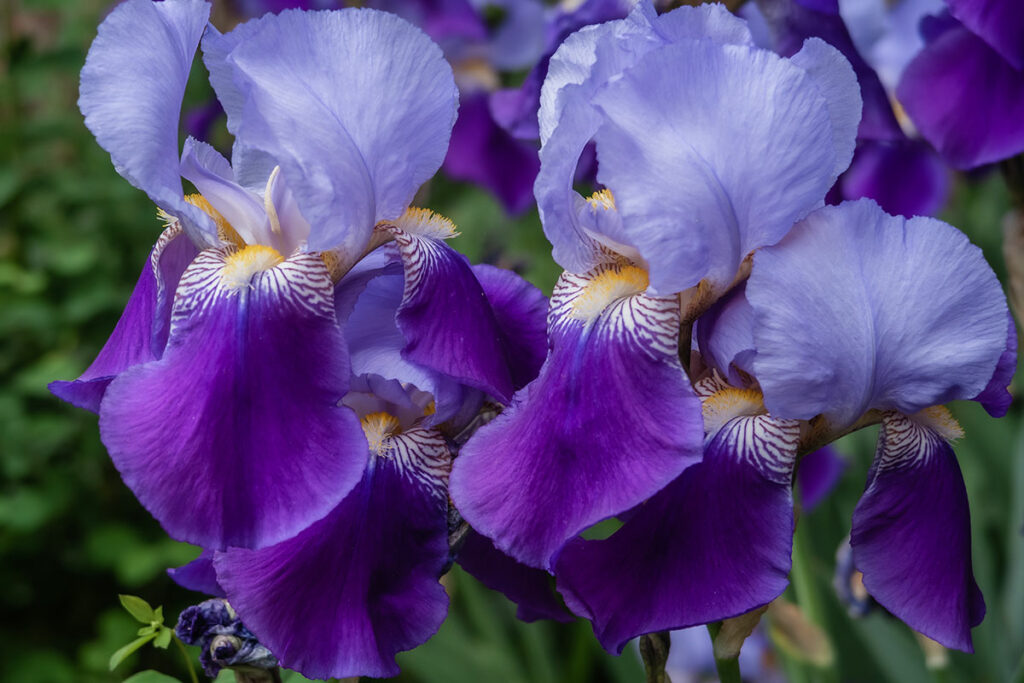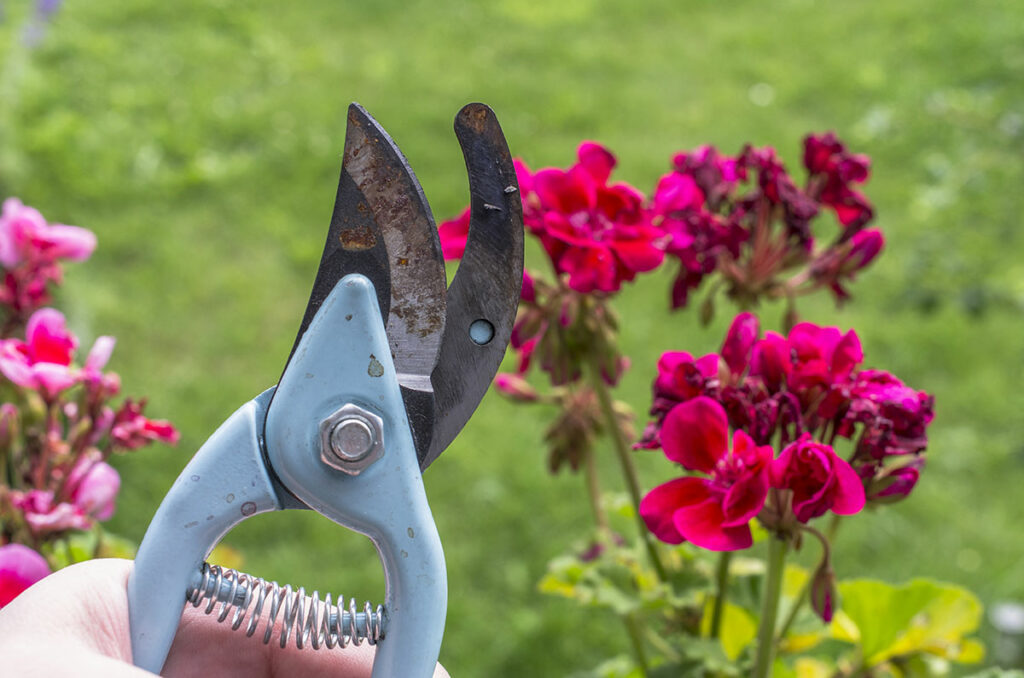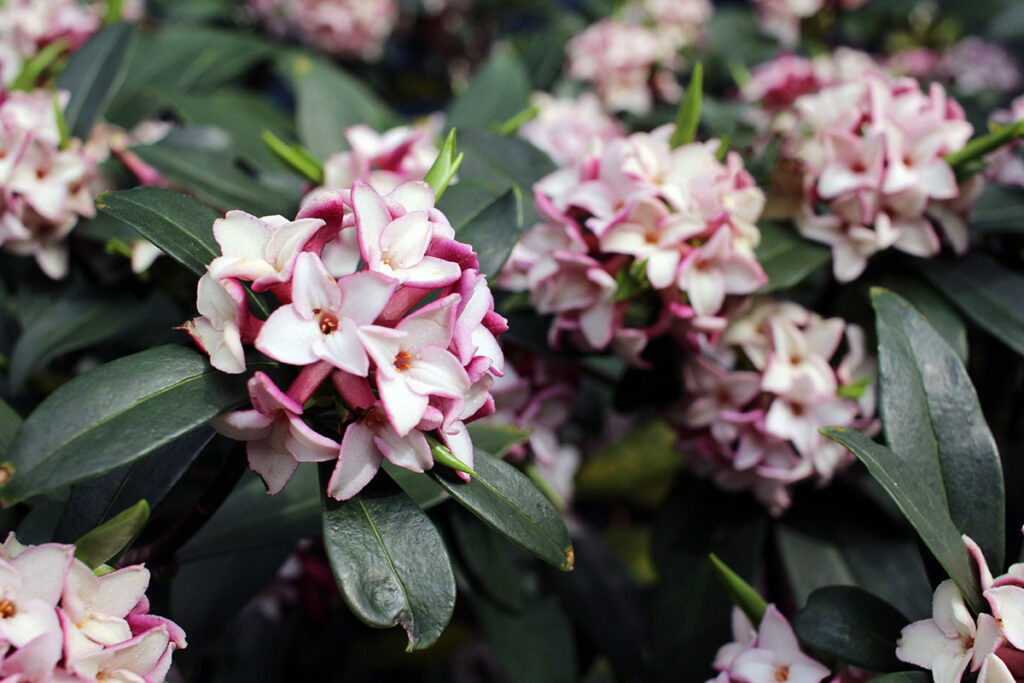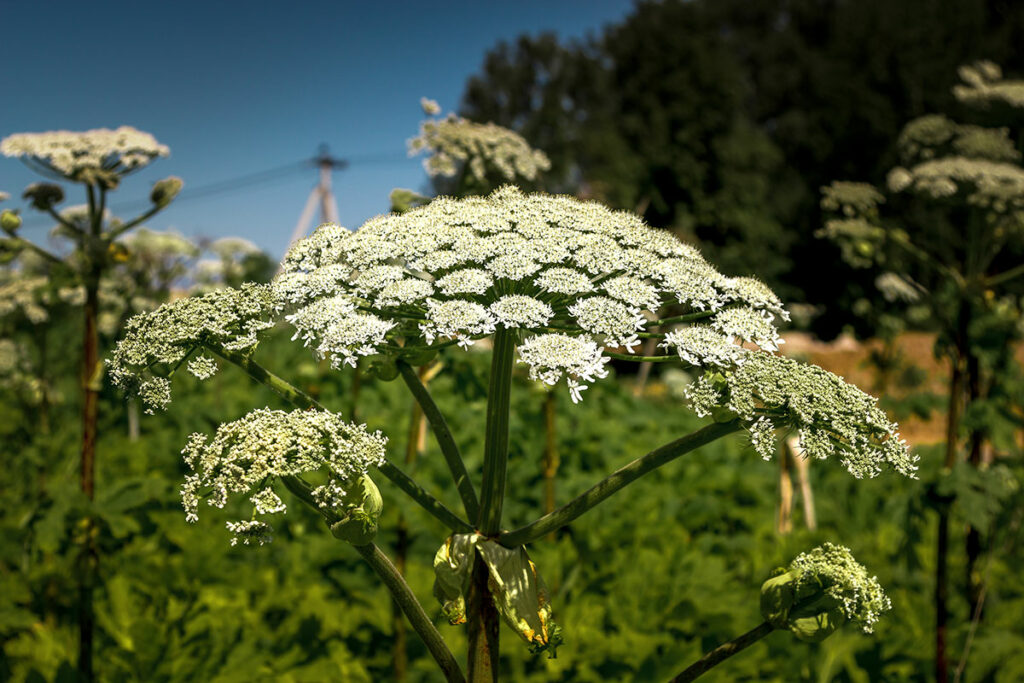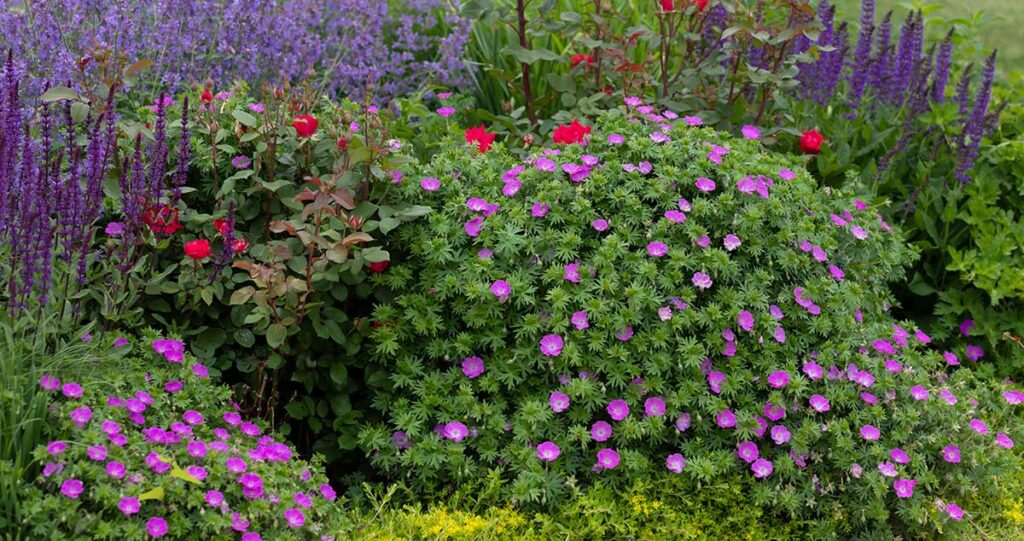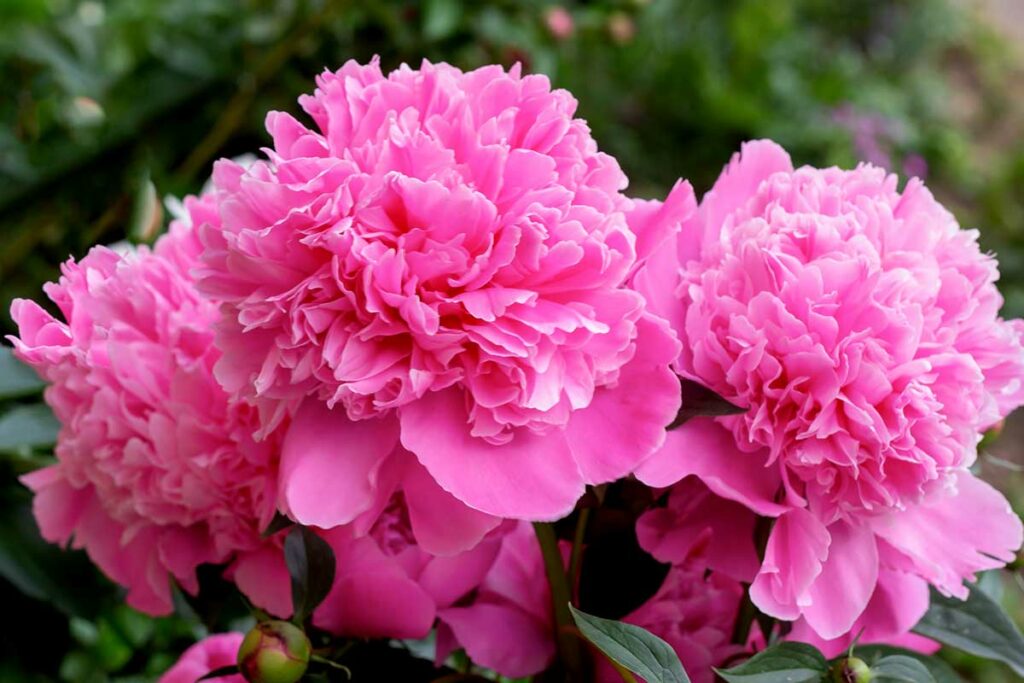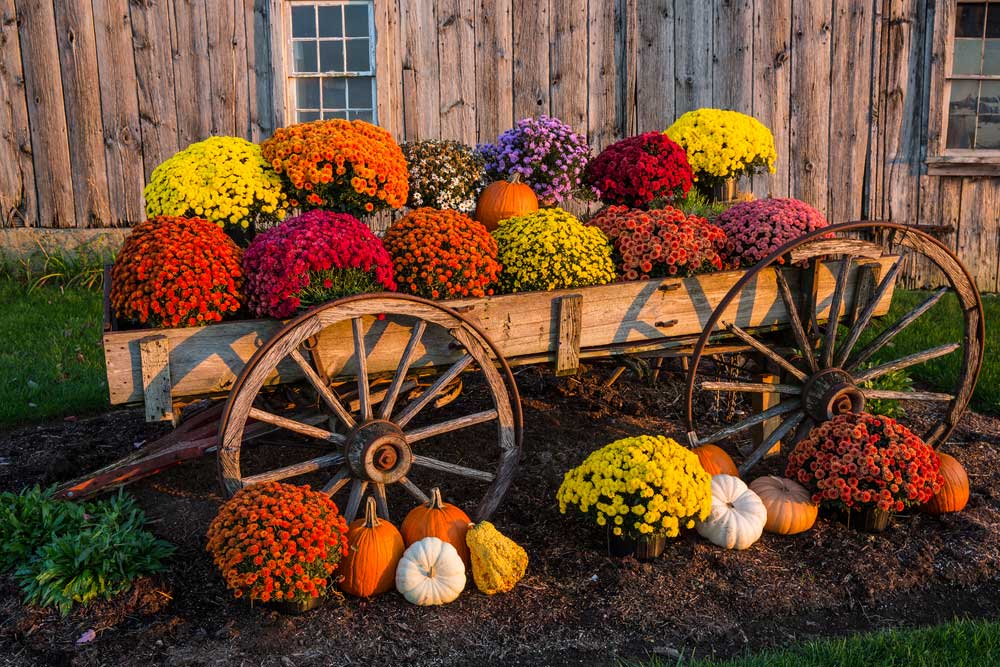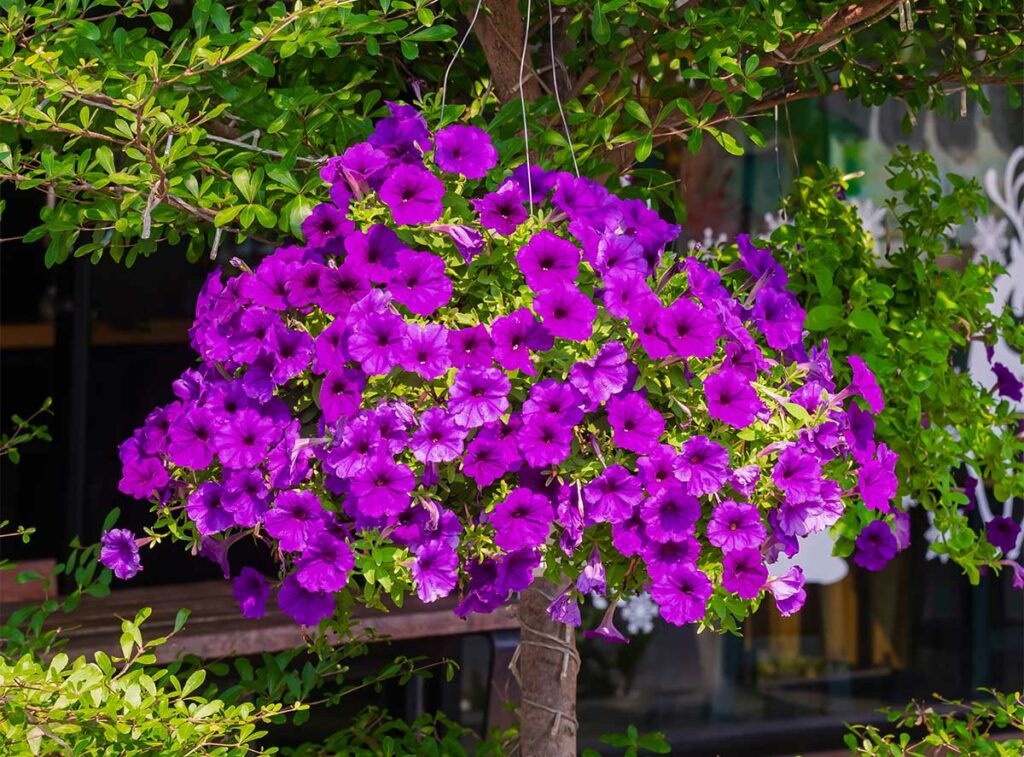
Collecting petunia seeds is a great way to save money and ensure that you have beautiful flowers in your garden year after year.
Petunias are easy to grow and come in a variety of colors, making them a popular choice for gardeners. With a little bit of knowledge and patience, you can collect petunia seeds and use them to grow new plants next season.
To start collecting petunia seeds, you will need to wait until the flowers have faded and the seed pods have formed.
The seed pods will be located at the base of the flower and will look like small, green capsules. Once the pods have turned brown and are dry to the touch, they are ready to be harvested.
To collect the seeds, gently remove the pods from the plant and place them in a paper bag. You can then shake the bag to release the seeds from the pods.
Once you have collected the seeds, store them in a cool, dry place until you are ready to plant them. With a little bit of effort, you can collect petunia seeds and enjoy beautiful flowers in your garden year after year.
Understanding Petunia Seeds
Types of Petunia Seeds
Petunia seeds come in two types: hybrid and non-hybrid. Hybrid petunia seeds are the result of cross-pollination between two different petunia varieties, while non-hybrid seeds come from a single variety. Hybrid seeds can produce plants with unique characteristics, but they may not be true to the original plant. Non-hybrid seeds, on the other hand, will produce plants that are identical to the parent plant.
Ideal Time for Collection
Petunia seeds are ready for collection when the flowers start to fade and the seed pods begin to dry out. The ideal time for collection is when the seed pods turn brown and start to split open. This usually occurs about 4-6 weeks after the flowers have bloomed.
To collect the seeds, gently remove the dried seed pods from the plant and place them in a paper bag. Label the bag with the name of the variety and the date of collection. Store the bag in a cool, dry place until you are ready to plant the seeds.
It’s important to note that petunia seeds have a relatively short shelf life, so it’s best to use them within a year of collection. If you are planning to store the seeds for longer than a year, consider freezing them to extend their lifespan.
By understanding the different types of petunia seeds and the ideal time for collection, you can successfully collect and store petunia seeds for next year’s garden.
Preparing for Collection
Before you start collecting petunia seeds, you need to prepare a few things. Here are the steps you need to follow:
Gathering Necessary Tools
First, gather the necessary tools. You will need a pair of scissors, a paper bag, and a marker. The scissors will be used to cut the mature petunia pods from the plant. The paper bag will be used to store the pods, and the marker will be used to label the bag.
Identifying Mature Petunia Pods
Next, you need to identify the mature petunia pods. Look for pods that are dry, brown, and brittle. These pods will have turned a tan or brown color and will be papery to the touch. You can also tell if a pod is mature by gently shaking it. If you hear the sound of seeds rattling inside, the pod is ready to be collected.
When collecting the pods, make sure to cut them from the plant using the scissors. Be careful not to damage the seeds inside the pod. Place the pods into the paper bag, making sure to label the bag with the date and the type of petunia.
By following these steps, you will be able to collect mature petunia pods and save the seeds for next year’s planting.
Collection Process
Harvesting the Seed Pods
To collect petunia seeds for next year, you need to harvest the seed pods. The ideal time to harvest the seed pods is when they are brown and dry.
You can also harvest them when they are starting to split open.
To harvest the seed pods, follow these steps:
- Locate the seed pods on the petunia plant.
- Cut the stem below the seed pod using a pair of scissors or pruning shears.
- Place the seed pods in a paper bag or envelope.
Extracting the Seeds
Once you have harvested the seed pods, you need to extract the seeds. To extract the seeds, follow these steps:
- Open the paper bag or envelope and remove the seed pods.
- Break open the seed pods using your fingers or a pair of scissors.
- Pour the seeds into a small bowl.
Drying the Seeds
After you have extracted the seeds, you need to dry them before storing them for next year. To dry the seeds, follow these steps:
- Spread the seeds out on a paper towel or a piece of newspaper.
- Allow the seeds to air dry for a few days.
- Once the seeds are completely dry, store them in a paper envelope or a glass jar.
By following these simple steps, you can easily collect petunia seeds for next year’s planting.
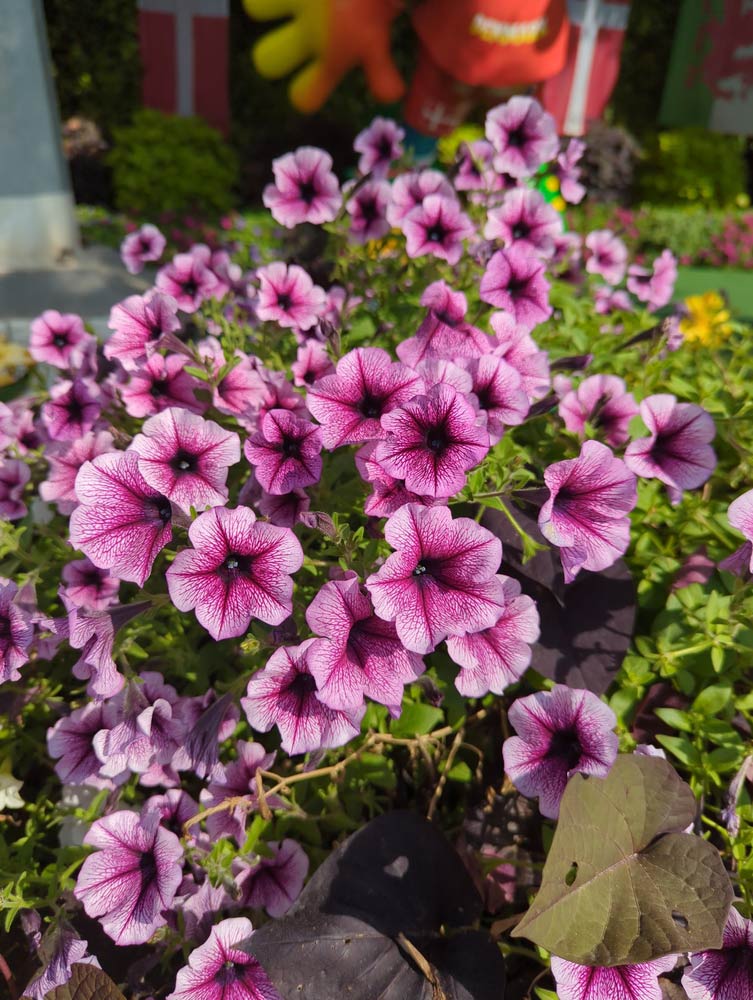
Storage Tips
Choosing the Right Container
When it comes to storing petunia seeds, it’s important to choose the right container to ensure they remain viable for the next growing season. The container you choose should be airtight and moisture-proof to prevent the seeds from spoiling.
One option is to use a plastic bag or container with a tight-fitting lid. Another option is to use a glass jar with a rubber seal and metal clasp. Whatever container you choose, make sure it is clean and dry before adding the seeds.
Ideal Storage Conditions
The ideal storage conditions for petunia seeds are cool and dry. Aim for a temperature between 32-41°F (0-5°C) and a relative humidity of 30-50%.
Avoid storing the seeds in direct sunlight or near sources of heat. Also, keep them away from moisture and pests.
If you’re storing the seeds in a refrigerator, place them in the crisper drawer or on a shelf near the back where the temperature is most consistent.
By following these storage tips, you can ensure your petunia seeds remain viable for the next growing season.





